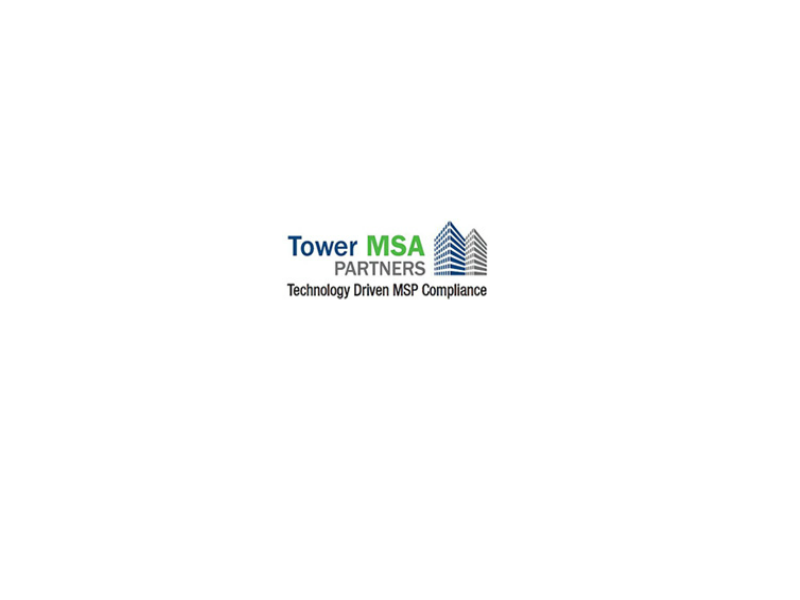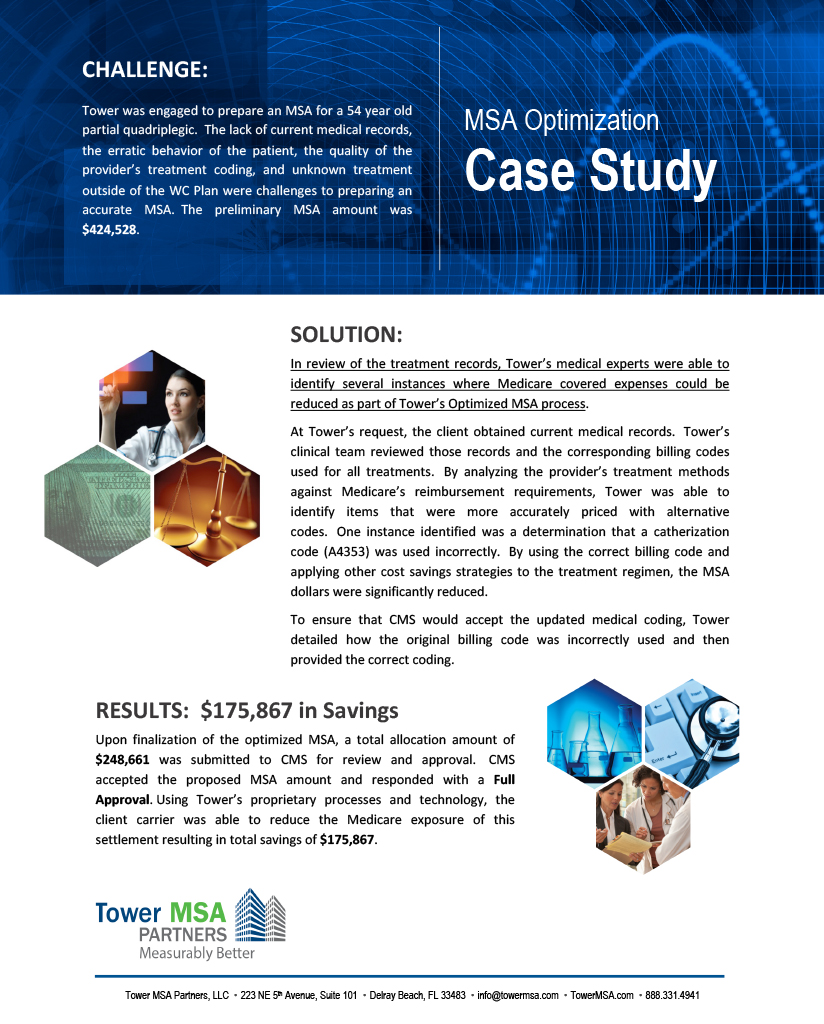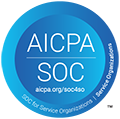
In its ‘What’s New’ section, CMS announced on November 9, 2015 that as part of the Strengthening Medicare and Repaying Taxpayers Act of 2012 (the SMART Act), the MSPRP will be modified to include Final Conditional Payment (CP) process functionality by January 1, 2016. This new functionality will permit authorized MSPRP users to notify CMS that a recovery case is 120 days (or less) from an anticipated settlement and request that the recovery case be a part of the Final CP process.
When the Final CP process is requested, any disputes submitted through the MSPRP will be resolved within 11 business days of receipt of the dispute. Once all disputes have been resolved, and the case is within 3 days of settling, the beneficiary or their authorized representative will be able to request a Final Conditional Payment Amount on the MSPRP. Once calculated, this amount will remain the Final Conditional Payment Amount as long as:
The case is settled within 3 calendar days of requesting the Final Conditional Payment Amount, and
Settlement information is submitted through the MSPRP within 30 calendar days of requesting the Final Conditional Payment Amount.
How the NGHP recovery process works today
To understand the value of this announcement to simplify the final demand process, we need to revisit the recent changes in NGHP recovery and the new role of the Commercial Repayment Center (CRC).
Effective October 5, 2015, the CRC assumed responsibility for pursuing recovery directly from the applicable plan. Any recoveries initiated by the Benefits Coordination & Recovery Center (BCRC) prior to the October 2015 transition will continue to be the responsibility of the BCRC. The typical recovery case, where Medicare is pursuing recovery directly from the applicable plan, now involves the following steps:
1. Medicare is notified that the applicable plan has primary responsibility
Medicare may learn of other insurance through a Medicare, Medicaid, and SCHIP Extension Act (MMSEA) Section 111 report or beneficiary self-report. If Medicare is notified that the applicable plan is primary to Medicare, Medicare records are updated with this information.
2. CRC searches Medicare records for claims paid by Medicare
The CRC begins identifying claims that Medicare has paid that are related to the case, based upon details about the type of incident, illness, or injury alleged. The claims search will include claims from the date of incident to the current date. If a termination date for Ongoing Responsibility for Medicals (ORM) has already been reported, the CRC will collect claims through and including the termination date.
3. CRC issues Conditional Payment Notice (CPN) to the applicable plan
The CPN provides conditional payment information. It advises the applicable plan that certain actions must be taken within 30 days of the date on the CPN or the CRC will automatically issue a demand letter. This notice includes a claims listing of all items and services that Medicare has paid that are related to the case. It also explains how to dispute any items and services that are not related to the case. A courtesy copy of the CPN is sent to the beneficiary and beneficiary’s attorney or other representative. The applicable plan’s recovery agent will also receive a copy of the CPN if the recovery agent’s information was submitted on the applicable plan’s MMSEA Section 111 report or the applicable plan has otherwise appointed a recovery agent by submitting a written authorization to the CRC.
Note: If a beneficiary or his or her attorney or other representative reports a no-fault insurance or workers’ compensation situation before the applicable plan submits a Section 111 report, the applicable plan will receive a Conditional Payment Letter (CPL). The CPL provides the same information as a CPN, but there is no specified response timeframe. When this occurs, the applicable plan is encouraged to respond to the CPL to notify the CRC if it does not have ORM and will not be reporting ORM through Section 111 reporting or if the applicable plan would like to dispute relatedness.
4. Applicable plan submits a dispute
The applicable plan has 30 days to challenge the claims included in the CPN. The applicable plan may contact the CRC or use the Medicare Secondary Payer Recovery Portal (MSPRP) to respond to the CPN.
5. CRC issues recovery demand letter advising plan of monies owed to Medicare
The demand letter advises the applicable plan of the amount of money owed to the Medicare program and requests reimbursement within 60 days of the date of the letter. A courtesy copy of the demand letter is sent to the applicable plan’s recovery agent, the beneficiary and the beneficiary’s attorney or other representative. The demand letter includes the following:
The beneficiary’s name and Medicare Health Insurance Claim Number (HICN);
Date of accident/incident;
A claims listing of all related claims paid by Medicare for which Medicare is seeking reimbursement from the applicable plan; and
The total demand amount (amount of money owed) and information on administrative appeal rights.
If the CRC agrees with disputes submitted timely, unrelated claims will be removed from the case before the demand letter is issued. Please note that the demand letter may include related claims that Medicare paid after the CPN was issued. Relatedness disputes on all claims included in the demand letter may be addressed by submitting an appeal.
6. Applicable plan submits an appeal
An applicable plan has 120 days from the date the applicable plan receives the demand letter to file an appeal. Receipt is presumed to be within 5 calendar days absent evidence to the contrary.
7. Applicable plan submits payment
If the CRC receives payment in full, it will issue a letter stating that the specified debt has been resolved. The letter will also note that new cases may be created if the applicable plan maintains ORM or the CRC receives information on additional items or services paid by Medicare during the period of ORM.
Facilitating timely and more accurate final demands
Because the CRC retains the right to create new cases as long as the applicable plan maintains ORM, timely notification of a final settlement is extremely critical to terminate the recovery efforts of the CRC. We applaud the addition of CP process functionality to the MSPRP as a segue to real time information and data exchange, and a more predictable outcome.
With more timely submissions and a published timeline for the final demand, this new extension of the SMART Act will facilitate better accuracy, a better path to closure and fewer last minute surprises…. all good things for those who represent the settlement interests workers’ compensation and liability carriers.







